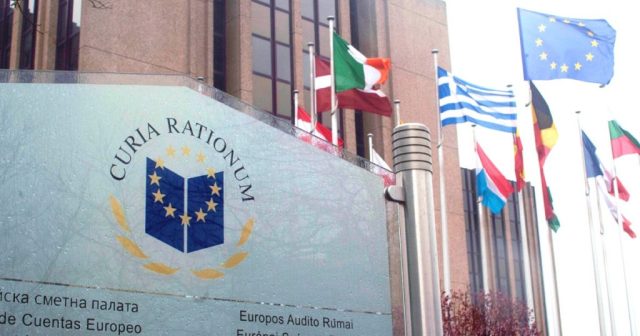
In a previous article, The Conservative online warned about weaknesses of the so-called Green Transition. A 4 July 2024 report by the European Court of Auditors now confirms the arguments defended by the ECR Party.
In The Conservative’s August article, the ECR Party journal was already reminding Italian Prime Minister Giorgia Meloni’s statement that the Green Transition amounts to “an ideological folly, which absolutely must be corrected”. It is interesting to acknowledge that, approximately at the same time, the Union Auditors were expressing similar concerns about the way the Von der Leyen Commission was implementing its Green Transition through the distribution of taxpayers’ money in favour of parties -public and private- willing to side with such Transition.
The new report focuses on four Member States, Croatia, Greece, Portugal and Slovakia; however, the European Court of Auditors finds a basis to extend its methodology and conclusions to the whole of the Union, since some of the trends are to be found in all of the four analysed samples.
The Recovery and Resilience Facility (RRF) made €648 billion available to Member States in order to recover from Covid-19. RRF is directly managed by the European Commission. One of the conditions for national governments to benefit from the facility was to dedicate 37% of funds received to climate action. This was in line with the EU’s own commitment to spend at least 30% of its 2021-2027 budget on climate action.
According to the EU auditors, there are shortcomings both in the RRF framework as well as in the national recovery and resilience plans, plus inconsistencies in the implementation of the measures.
Climate expenditure is tracked with an excessive level of approximation, producing overestimations. Indications of RRF implementation are weak. There is no assessment of RRF contribution to EU climate objectives. Furthermore, reporting does not take into account costs and results.
In particular, the Green Transition objectives of the RRF are as follows: energy efficiency through renovation, smart energy systems, research, renewables, railways, clean urban transport and infrastructure, energy efficiency in enterprises, water management, waste management and biodiversity.
The Union auditors found potential overestimations in around one third of measures. For example, there are overestimations in the construction of new efficient buildings, railway infrastructures and electricity grids. Just for these three areas, there is an excess of €34.5 billion that could have been avoided (5.3% of the total RRF budget).
Moreover, there are no indicators for measures aiming to reduce greenhouse gas emissions (neither the European Commission nor many Member States are performing such measurement). In all member states surveyed, payments were disbursed without proper tracking progress. On the other hand, not all climate measures are as “green” as planned and for some measures, the budget was set too high for the target to be achieved.
Indicators for additional capacity installed for renewable energy does not provide information on the replacement of fossil fuels with renewables for energy production. As a consequence, the Union auditors state that they cannot “assess the extent to which RRF climate-related measures are contributing to climate action”.
There is no reporting on actual spending for climate action and reporting based on estimations is so messy that the European Commission counts renovating 45,000 square metres of buildings towards the green transition in the same way as renovating 315,000 square metres. Incredibly enough, the European Commission still refuses to report on actual expenditure.
In conclusion, the fact that RRF disburses grants and loans to the Green Transition as one out of six pillars is bad enough; worse still is that the European Commission has no clue, three years after launching and disbursing taxpayers’ money, whether those funds are contributing to the pillar, at all.
Source of image: Table Media



 Subscribe
Subscribe